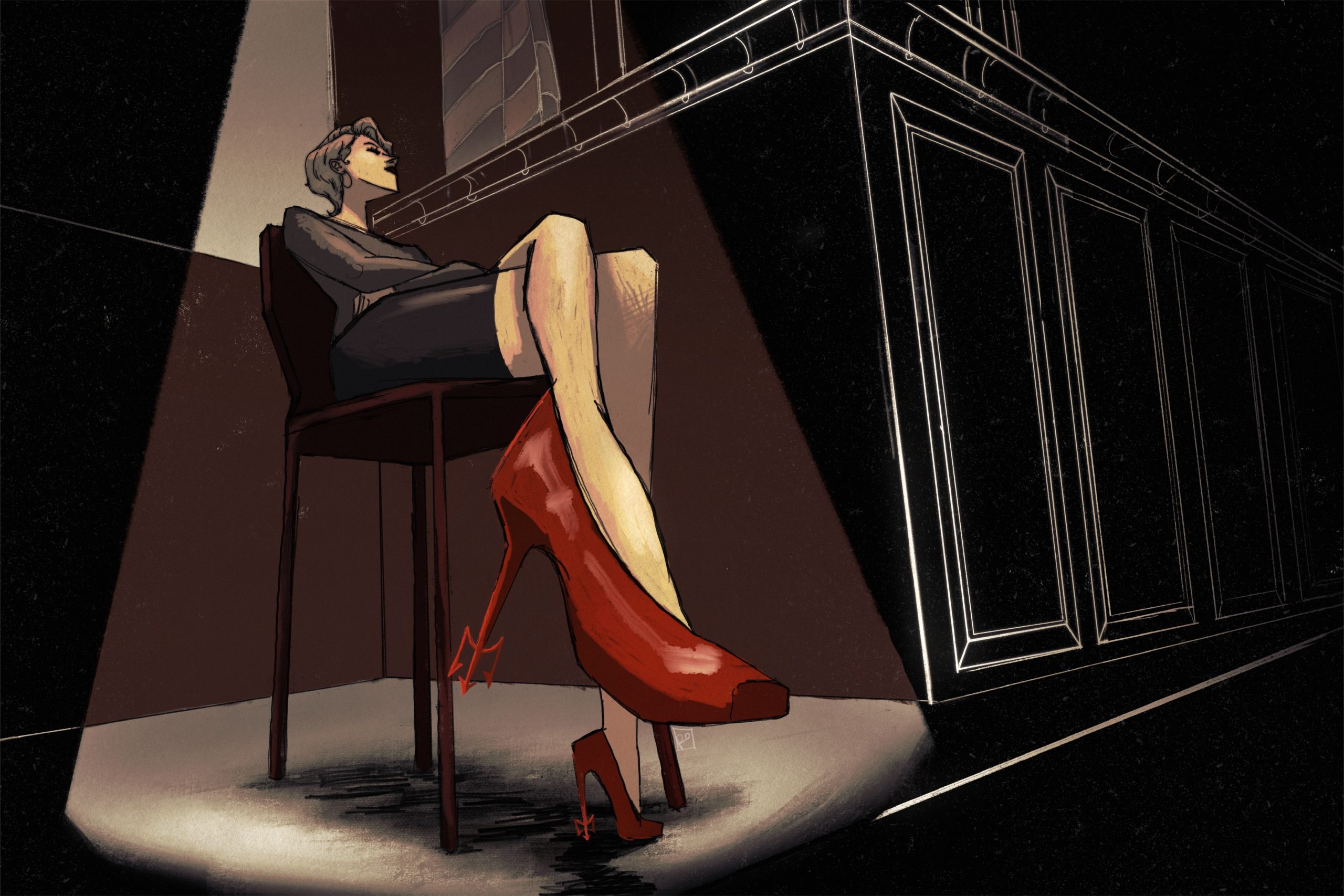On June 30, 2006, “The Devil Wears Prada” premiered in theaters, becoming an instant classic. The beloved movie was known not only for its quotability but also for its empowering message.
“The Devil Wears Prada” tells the story of Andy Sachs — played by Anne Hathaway — a recent college graduate and hopeful journalist living in New York City. Unable to find any work and in spite of her deep disdain for the fashion industry, Andy reluctantly takes a job at a popular fashion magazine titled Runway. She works as an assistant to Meryl Streep’s portrayal of the notoriously cruel Miranda Priestly, editor in chief of Runway and pillar of the fashion community. Despite her own doubts and criticism from her boyfriend, Nate Cooper, Andy knows that working at such a renowned publication will get her foot in the door for future career opportunities.
Over the course of the movie, Andy goes from wide-eyed and nervous to confident and professional. Even more impressive is how she develops her own sense of style and an appreciation for fashion. Eventually, she realizes that the cutthroat world of fashion isn’t for her. But by the end of her time at Runway, her hard work pays off and she receives a job offer from a reputable publisher.
The popular film contains all the makings of an empowering story. A young woman takes charge of her career and her life while also learning how to view her femininity as an asset, not an obstacle. But 15 years later, “The Devil Wears Prada” fails to leave viewers with a sense of empowerment; rather, many feel the exact opposite. Let’s look into some of the aspects of the classic that didn’t age well.
Nate Cooper, the Insecure Partner
Throughout Andy’s year at Runway, her boyfriend Nate constantly expresses his contempt for her new job and lifestyle. He warns her not to lose herself in this new, exciting world, and he does his best to keep her grounded. At first glance, Nate seems like a caring partner who wants to keep Andy from making decisions she’ll later regret. But after a rewatch or two, his intentions start to appear less pure. Under the guise of protecting Andy, Nate is actually projecting his own fears and lack of confidence.
Nate feels threatened by Andy’s growth and shames her for changing. He makes his insecurity clear from the way he picks and chooses when to be supportive of Andy’s career and when to complain about it. For example, he supports Andy’s job when he finds her new clothes attractive, but he’s quick to change that opinion when her job diverts her attention from him. He doesn’t actually care about Andy working at a fashion magazine — he’s actually scared of her newfound confidence.
“The Devil Wears Prada” screenwriter Aline Brosh McKenna confessed in an interview with Entertainment Weekly that she did intentionally write Nate as a whiny, sensitive character. However, Nate wasn’t intended to hold Andy back. Instead, he embodies the voice of her old self as she begins to grow into a new person. Nate is meant to personify Andy’s conscience, constantly asking her if she’s making decisions that align with her morals. However, McKenna understands that people can interpret his character differently: “I think that now, however many years later, what people focus on is that he’s trying to restrict her ambition.”
Eventually, Nate breaks up with Andy because he’s unhappy with the person she becomes. At the same time, Andy learns that Miranda is in the same boat — her husband had just left her because she devotes too much of her life to her job. Miranda’s divorce serves as a turning point for Andy; she sees Miranda in a state of vulnerability for the first time. Suddenly, Miranda goes from being perfect and unwavering to flawed and real. This realization eventually leads to Andy quitting Runway. In the end, she apologizes to Nate and admits that he was right. Nate isn’t perfect, but Andy’s worst nightmare is ending up like Miranda.
Miranda Priestly, the Cautionary Tale
When “The Devil Wears Prada” was released, very few women in leadership positions existed. That year, only 10 Fortune 500 companies had female CEOs. Fifteen years later, that number is still only at 41 women, or 8.2%. Leaders often need to make tough decisions, demand perfection and act ruthlessly. The problem in Miranda’s case is that these qualities do not align with the soft-spoken, submissive kindness expected of women.
The perception of Miranda as a villain reveals our society’s disapproval of professional, unapologetic women in leadership roles. Miranda simply does her job, but because she’s a woman, her colleagues brand her as cruel. They even give her the nickname “Dragon Lady.” Miranda demands perfection and refuses to lower her standards. This managerial style is common among leaders as successful as Miranda, and it’s a tactic that usually goes unnoticed when used by men. In fact, Andy states in the movie that if Miranda were a man, no one would say anything about the way she does her job. That is, except for how good she is at it.
And it’s true: Miranda is phenomenal at her job. Despite the fear she instills in her employees, her harsh attitude gets results. She’s incredibly successful. Miranda even takes on Andy — who starts out as a young girl with no experience and no idea what it takes to be a journalist — and shapes her into a professional woman ready to face any and all workforce challenges. However, Miranda’s apparent downfall is that she attains professional success at the cost of a stable marriage.
Miranda’s storyline ends with the subconscious lesson that it is more important for women to please men than pursue their career goals. No matter how successful she is at Runway, she cannot achieve the most important goal women are supposed to attain in our society: a healthy relationship with a man. Miranda herself is not the devil, but what she represents as a woman who values herself and her career portrays her as villainous.
Despite some of the movie’s questionable takeaways, “The Devil Wears Prada” is still an undeniable classic. And the recent shift in public perception of Miranda from the devil to someone a little more complex exemplifies our society’s growing acceptance of female leaders. It’s hard to say what the next 15 years hold for this movie, but with such compelling characters and themes, it’s clear that “The Devil Wears Prada” is far from going out of style.

















